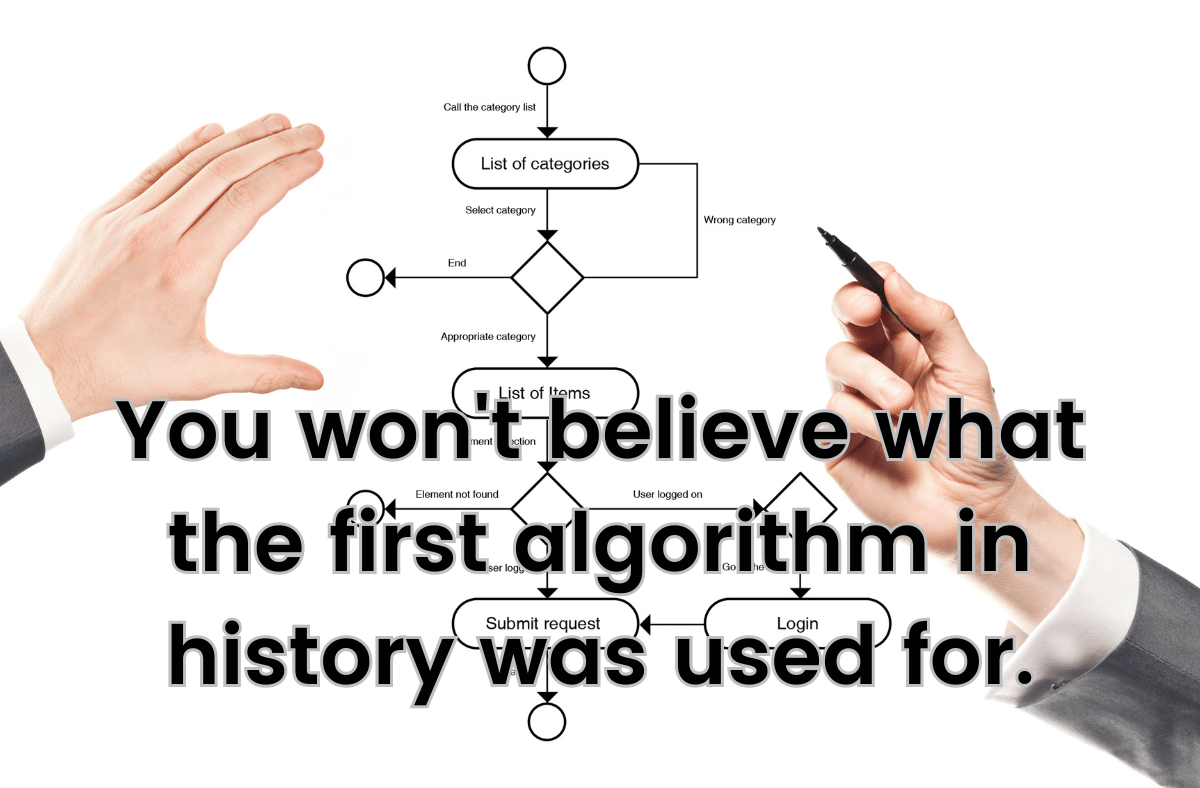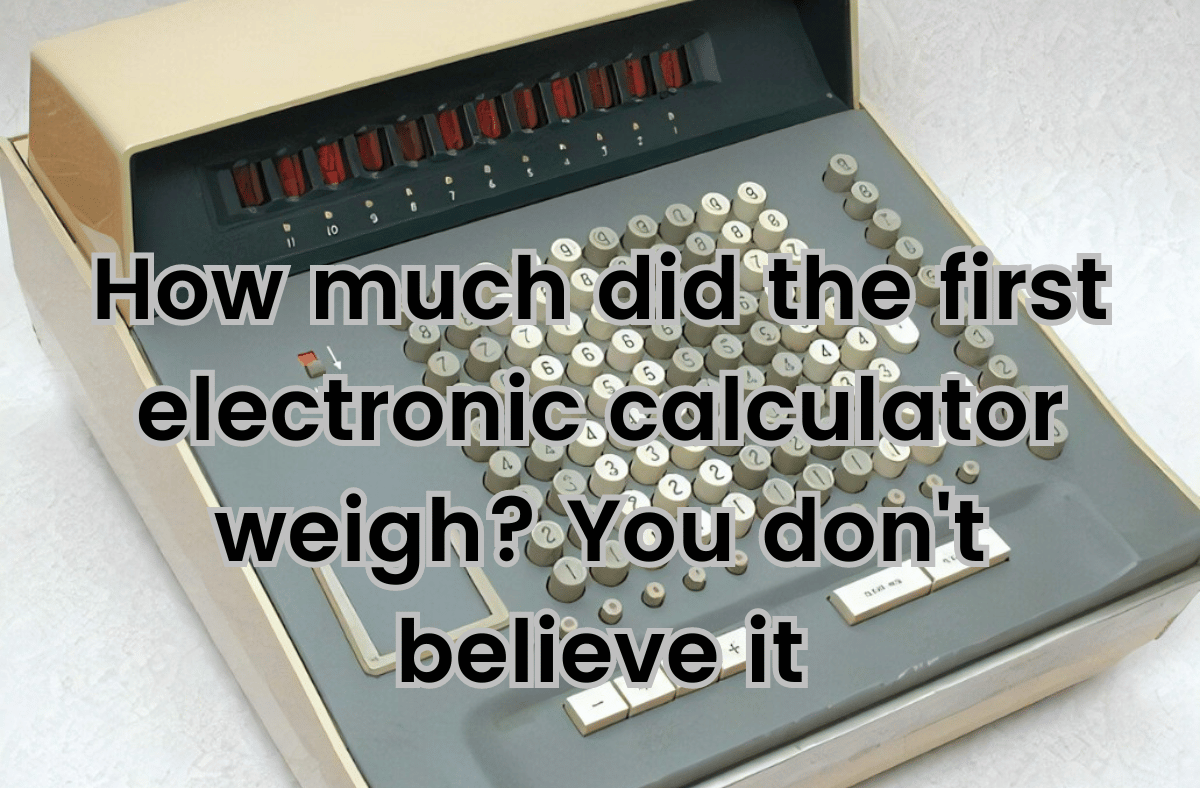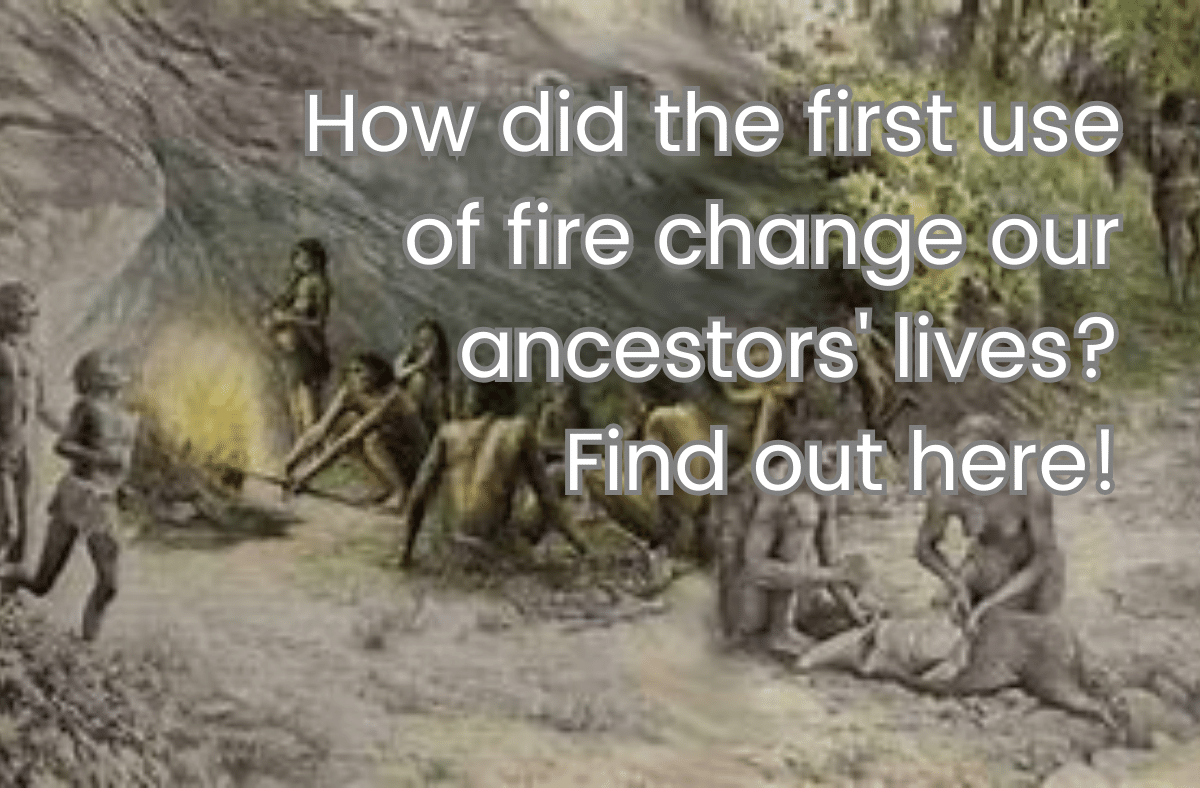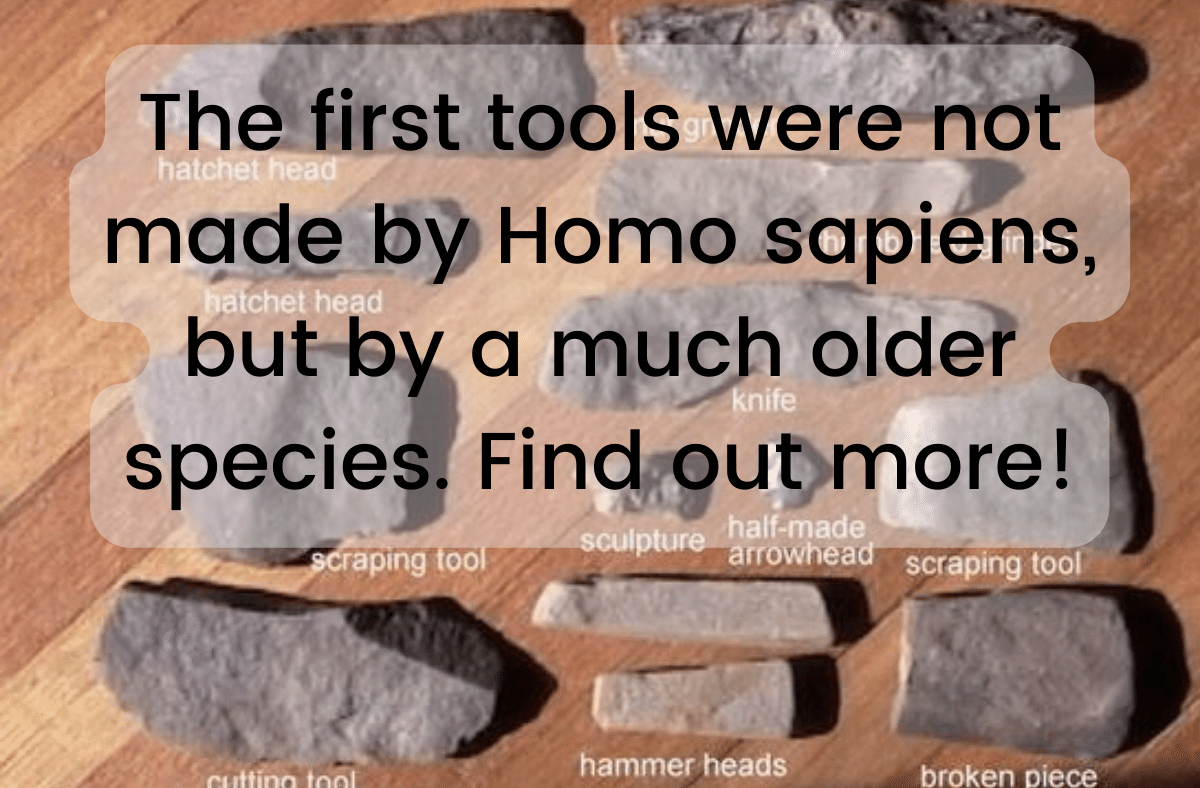For those in a hurry
- Vacuum cleaners are devices that use suction to remove dirt from floors and other surfaces.
- The first vacuum cleaners were manual and used bellows or fans to create suction.
- The first powered vacuum cleaners were invented in 1901 by Hubert Cecil Booth and David T. Kenney.
- They have evolved from horse-drawn machines to handheld devices and robots.
The origins of vacuum cleaners
Did you know that vacuum cleaners were originally horse-drawn and operated by a team of people? That’s right, the first powered vacuum cleaners were huge machines that had to be pulled by horses and parked outside your house, while a long hose was inserted through your windows or doors. Imagine the noise and the smell!
The inventor of this contraption was Hubert Cecil Booth, a British engineer who also designed bridges and Ferris wheels. He got the idea in 1901, after seeing a device that blew dust off carpets at a music hall. He thought that sucking up the dust would be more effective, and he tested his theory by putting a handkerchief over his mouth and sucking up dirt from a chair. He was right, but he also nearly choked on the dust.
Booth formed a company to offer his vacuum cleaning service to wealthy customers, who paid a hefty fee to have their carpets cleaned by his machine. He called it the “Puffing Billy”, and it was so big that it needed a team of operators to run it. One person would drive the horses, another would stoke the boiler that powered the engine, and two more would handle the hose and nozzle inside the house.
The evolution of vacuum cleaners
Booth’s vacuum cleaner was a success, but it was also impractical and expensive. It took several decades for vacuum cleaners to become smaller and more affordable for ordinary people. One of the pioneers of this development was James Murray Spangler, an American janitor who suffered from asthma. He invented a portable electric vacuum cleaner in 1907, using a fan, a pillowcase, and a broom handle. He sold his patent to William Henry Hoover, who improved the design and marketed it widely.
Hoover’s they became so popular that his name became synonymous with vacuuming. In some countries, like the UK and Ireland, people still use the word “hoover” as a verb or a noun for vacuum cleaning. Hoover also introduced features like disposable paper bags, attachments for different surfaces, and beater bars that agitated the carpet to loosen dirt.
They continued to improve over time, with innovations like cyclonic separation, cordless operation, robotic navigation, and HEPA filters. Today, vacuum cleaners are common household appliances that make cleaning easier and faster. They come in various shapes and sizes, from handheld devices to canister models to central systems.
The future of vacuum cleaners
What will vacuum cleaners look like in the future? Will they be able to clean by themselves, or even talk to us? Will they use lasers or sound waves instead of suction? Will they be able to detect and remove allergens, bacteria, or viruses? Will they be able to recycle or compost the dirt they collect?
The possibilities are endless, but one thing is certain: vacuum cleaners have come a long way from their horse-drawn origins. They have sucked up history and changed our lives for






















